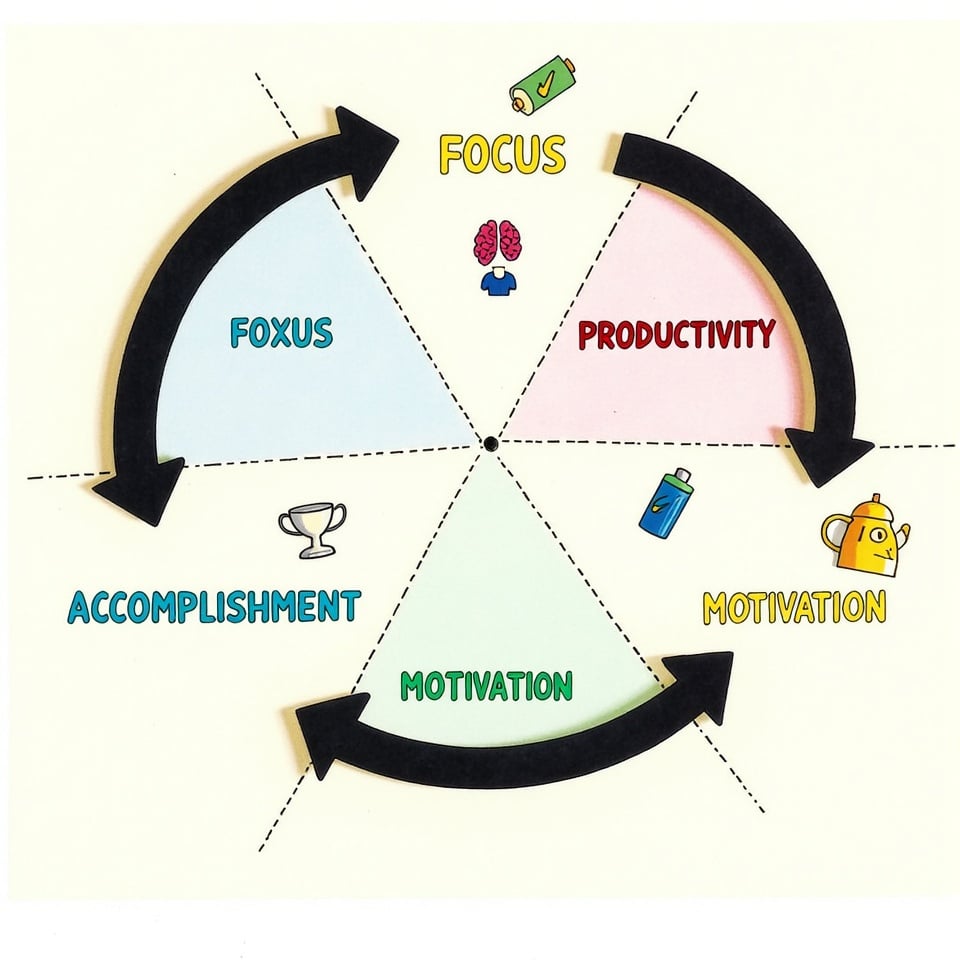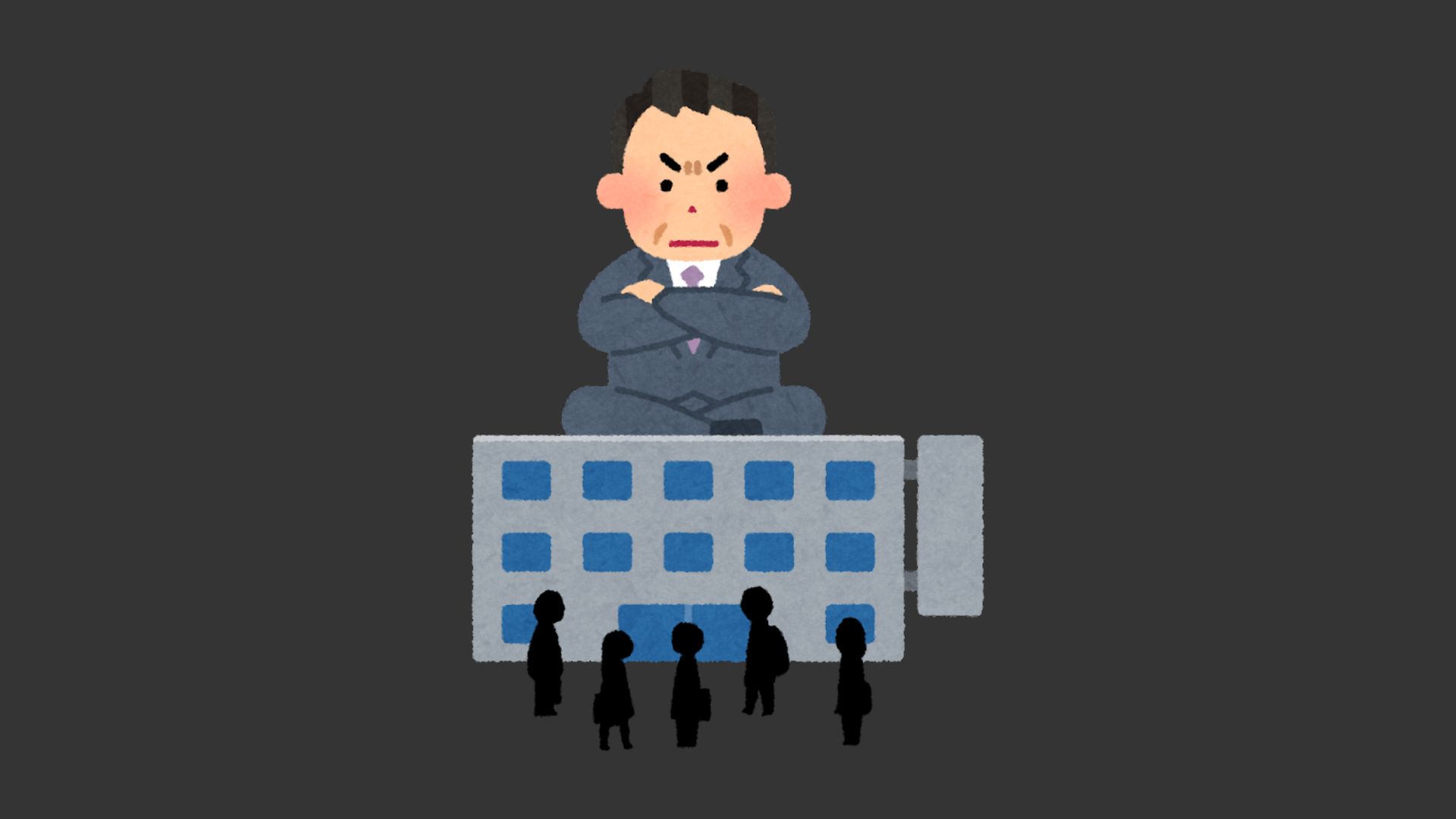Stretch goals are ambitious targets that push you beyond conventional objectives and comfort zones.
Unlike SMART goals, which focus on achievable outcomes, stretch goals inspire breakthrough thinking and exceptional performance through seemingly impossible challenges.
When broken into manageable milestones, they boost team motivation, spark innovation, and drive organizational growth.
While they may feel intimidating at first, understanding the right approach can transform these aspirational targets into remarkable achievements.
What are Stretch Goals?
A journey toward ambitious goals often begins with a single, bold step beyond the ordinary.
When you’re looking to push boundaries and achieve extraordinary results, that’s where stretch goals come into play. These aren’t your typical objectives – they’re designed to inspire you to reach beyond what seems immediately possible.
Unlike conventional SMART goals, stretch goals challenge you to think bigger and aim higher. They’re the targets that make you slightly uncomfortable but excited about the possibilities ahead.
You’ll find that these goals often drive innovation and boost motivation among team members, as they encourage creative thinking and new approaches to problem-solving.
To make stretch goals work effectively, you’ll need to break them down into manageable milestones while maintaining clear communication with your stakeholders.
When implemented thoughtfully, they can lead to remarkable performance improvements and heightened job satisfaction, transforming seemingly impossible aspirations into achievable victories.
What’s the difference between SMART and Stretch Goals?
Understanding the distinction between SMART and stretch goals becomes clear when you examine their fundamental purposes.
While SMART goals focus on creating achievable, well-defined objectives that you can reasonably accomplish within a set timeframe, stretch goals push you beyond your comfort zone into territory that may seem initially impossible.
You’ll find that SMART goals provide a structured framework for steady progress, ensuring your objectives are specific, measurable, achievable, relevant, and time-bound.
In contrast, stretch goals are deliberately designed to inspire extraordinary effort and innovation, often breaking free from conventional limitations.
When you’re working with SMART goals, you’re building a reliable path to success through incremental improvements. However, when you set stretch goals, you’re challenging yourself to achieve breakthrough results that might require creative solutions and exceptional dedication.
While both types of goals serve important purposes, they operate on different levels of ambition and expectation.
Benefits of Stretch Goals
When organizations implement stretch goals effectively, they release remarkable potential for growth and innovation within their teams.
You’ll find that stretch goals ignite your team’s competitive spirit and drive for excellence.
They create a sense of urgency that enhances collaboration and communication among team members, pushing everyone to work more efficiently toward ambitious targets.
The heightened motivation leads to increased job satisfaction and engagement, as you’ll witness your employees becoming more invested in their work.
These challenging objectives also spark innovation by encouraging creative problem-solving approaches. When you’re faced with seemingly impossible targets, your team will develop unique solutions they mightn’t have considered otherwise.
Additionally, stretch goals help reinforce your company’s mission, giving employees a stronger sense of purpose.
This alignment between personal and organizational objectives drives both individual growth and professional development, creating a more dynamic and high-performing workplace culture.
Importance of Stretch Goals
Implementing stretch goals into your organization’s strategy proves essential for driving exceptional performance and fostering a culture of continuous growth. When you set ambitious targets, you’ll find your team naturally gravitates toward innovation and creative problem-solving approaches that might otherwise remain unexplored.
You’ll notice that stretch goals considerably boost motivation levels across your organization, as employees who pursue challenging objectives are 34% more likely to find fulfillment in their work.
These ambitious targets create a framework that encourages collaboration and engagement among team members, leading to enhanced productivity and breakthrough solutions.
They’re also invaluable for measuring progress effectively, giving you clear benchmarks to track achievements and identify areas for improvement.
By incorporating stretch goals into your planning, you’re not just setting higher standards – you’re creating an environment where excellence becomes the norm and continuous improvement drives your team’s success.
Stretch Goal Paradox
Despite the potential benefits of stretch goals, you’ll encounter a fascinating phenomenon known as the stretch goal paradox, where overly ambitious targets can actually hinder performance rather than enhance it.
When you set goals that seem unattainable, you might find your team’s motivation dropping instead of soaring, leading to increased stress and potential burnout.
You’ll notice that while stretch goals can spark innovation, they’re most effective when they strike the right balance between challenge and achievability.
If your targets feel impossibly high, they can damage team collaboration and cause people to disengage from the entire process.
To overcome this paradox, you’ll need to focus on clear communication and robust support systems.
Consider breaking down larger stretch goals into smaller, manageable milestones, and guarantee your team feels supported throughout the journey.
Consequences of Setting Unrealistic Goals
The consequences of setting unrealistic stretch goals can ripple throughout your entire organization, creating far-reaching negative impacts that you mightn’t initially anticipate.
When you set targets that your team can’t realistically achieve, you’re likely to experience widespread demotivation and declining morale among your employees.
Research shows that only 43% of people naturally gravitate toward setting highly challenging goals, which means you could be alienating more than half of your workforce with overly ambitious targets.
You’ll notice increased stress levels and burnout as your team struggles to meet impossible expectations, ultimately leading to decreased productivity.
What’s worse, these unrealistic goals often divert valuable resources away from achievable objectives that could actually benefit your organization.
The resulting stress and inevitable failures can erode trust within your team, replacing a culture of innovation and ambition with one of fear and disengagement.
How to Set Stretch Goals
Setting effective stretch goals requires a careful balance between ambition and achievability, much like walking a tightrope between challenge and possibility.
To set realistic stretch goals that’ll inspire your team without overwhelming them, you’ll need to focus on creating clear, actionable targets that align with your organization’s capabilities and vision.
- Break down your stretch goals into smaller, manageable milestones to track progress effectively.
- Create a specific timeline with deadlines to maintain momentum and accountability.
- Use visualization techniques to help your team picture what success looks like.
- Make certain your goals follow the SMART framework for maximum clarity and focus.
- Align stretch goals with your team’s existing capabilities while pushing boundaries.
Remember to keep communication channels open as you work toward these ambitious targets.
When you set realistic yet challenging stretch goals, you’ll find they naturally foster engagement and motivation while providing clear direction for your team’s growth and success.
How to Survive Stretch Goals
Managing ambitious stretch goals requires a delicate balance of persistence, strategy, and adaptability to prevent team burnout while maintaining forward momentum. You’ll need to guarantee your team’s capabilities align with these ambitious targets, setting realistic expectations that motivate without overwhelming.
To effectively manage stretch goals, break them down into smaller, achievable milestones that create a clear path to success. Use visual aids to track progress and keep your team focused on the desired outcomes.
You’ll find that regular communication becomes essential – encourage open discussions about challenges and celebrate small victories along the way. This fosters a collaborative environment where team members feel supported and committed to the larger vision.
Don’t forget to regularly assess your resource allocation and be ready to adjust your strategy when needed.
By maintaining this flexible approach and providing necessary support, you’ll help your team navigate the demands of stretch goals while keeping motivation high.
Stretch Goals: From Setting to Surviving
While ambitious goals can energize your team and spark innovation, you’ll need both strategic planning and adaptable execution to transform stretch goals from intimidating challenges into achievable victories.
When you’re setting and pursuing these targets, remember that teams who chase challenging objectives report markedly higher job satisfaction and engagement levels.
To maximize your chances of success with stretch goals while maintaining strong motivation, consider these essential strategies:
- Break down your stretch goals into smaller, trackable milestones to create a clear path forward.
- Communicate openly about expectations and resources needed to achieve these ambitious targets.
- Balance the difficulty level – make goals challenging enough to inspire but not so extreme that they discourage.
- Celebrate progress along the way to maintain team momentum and engagement.
- Develop contingency plans to adapt when unexpected obstacles arise, keeping your team resilient and focused.
Wrapping it up
You’ll find that properly planned stretch goals can positively propel your project’s potential.
When you strategically set these supplementary standards, they’ll serve as powerful motivators for both you and your backers.
Remember to remain realistic, responsive, and responsible in your goal-setting approach.
By balancing ambitious aspirations with achievable actions, you’ll create a campaign that captivates your community while maintaining credibility and commitment to your core promises.







